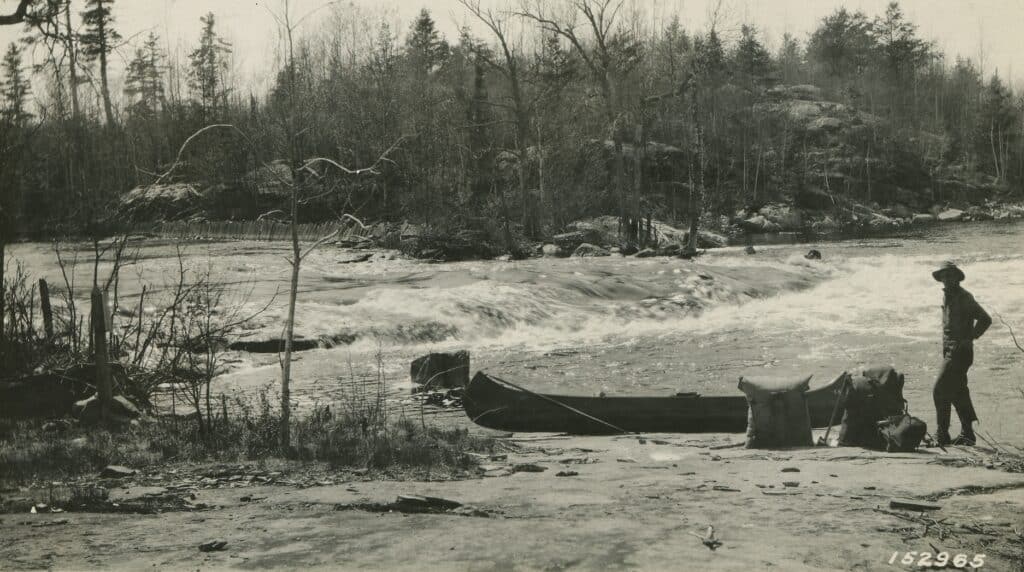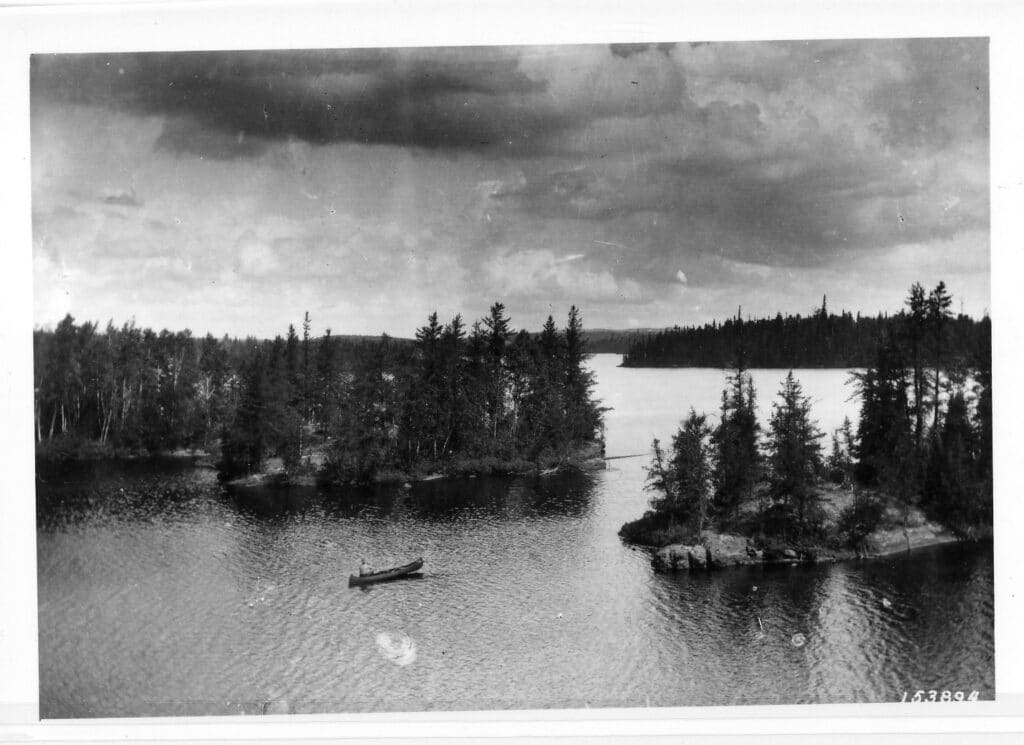
A century ago, a young landscape architect and wilderness aficionado visited northeastern Minnesota. Working for the U.S. Forest Service, Arthur Carhart took two extended canoe trips through what would later become the Boundary Waters Canoe Area Wilderness. His experiences informed a recreation plan drafted for the Forest Service, which was approved in November 1922.
The plan marked a major evolution of the Forest Service. Before Carhart’s time, the agency did not have a mission to manage its lands for recreation. Founded in 1905, the Forest Service focused on logging, mining, and other extractive uses, but began to recognize the important recreational value of public lands for the American people.

Traveling for three weeks at a time with National Forest ranger Matt Soderback, Carhart explored broad swaths of the lake country, which are now iconic parts of the wilderness. His work came at a critical time.
“Carhart’s trip on the Superior took place only 10 years after the Forest was proclaimed, when the agency was developing current and future management plans for future recreational use,” said Lee Johnson, Superior National Forest archaeologist. “When Carhart visited the Superior, there were few roads in the area, very few tourists in the backcountry, and the nation was recovering from a World War and an influenza epidemic. The big pine log drives were still occurring up on the Border Lakes. From the perspective of land use history, Carhart’s visit occurred at a key stage. Things were changing fast, and both his plan and his photographs capture that.”
Within years of publishing his report, Congress passed legislation that codified one of his recommendations: preserving timber along the shores of lakes that were well suited to recreation. In 1926, the Forest Service followed his guidance by dedicating several areas for canoeing and camping.
Carhart’s recreation plan in the Superior National Forest was one of the first in the Forest Service. It laid out the extraordinary resources of northern Minnesota’s canoe country, what he called “the only lake type play area owned by the United States.”
“Perhaps one of the biggest factors affecting a recreation plan for the Superior Forest lies in the wilderness conditions found practically throughout the forest,” Carhart wrote. “There is so little wilderness left where natural conditions are supreme that the Superior stands somewhat by itself in this type. The only other similar sections of land which can be reached by people of the United States are in Canada, or in the extreme upper corner of the state of Maine.”
Carhart, who was born in Iowa in 1892, only worked for the Forest Service from 1919 to 1922, leaving shortly after his Superior National Forest plan was finalized. But his legacy continues today. After leaving the Forest Service, he became a leader in the nascent wilderness movement, helping guide national efforts to protect pristine areas.
The Superior National Forest recently celebrated the 100th anniversary of Carhart’s recreation plan with a gallery of photos he took on his canoe trips.




More information:
- A Century Later, Arthur Carhart’s Recreation Plan for the Superior National Forest Lives On – Superior National Forest
- Centennial of Arthur Carhart’s Recreation Plan for the Superior – Superior National Forest, Flickr
- Arthur Carhart – Wilderness Connect

